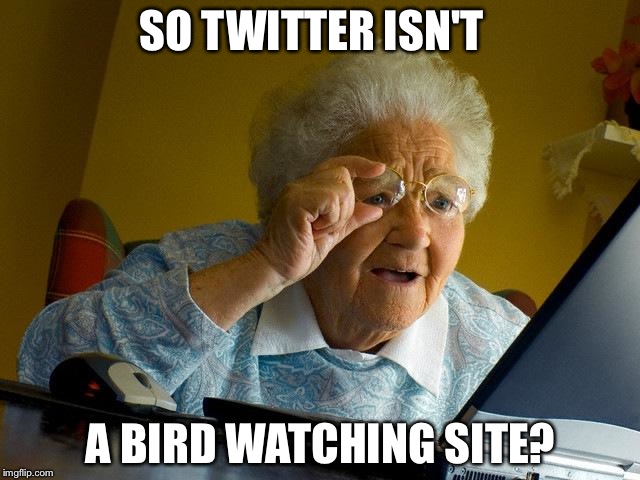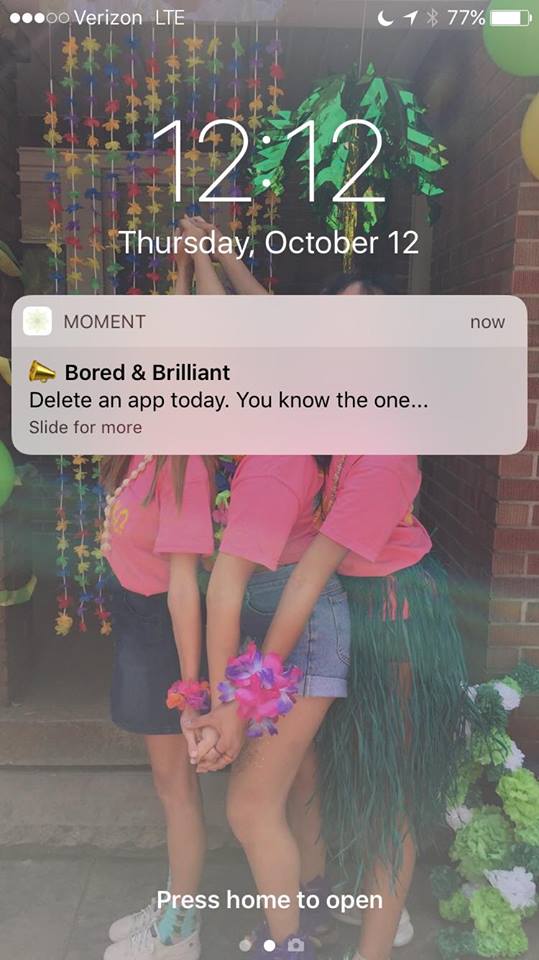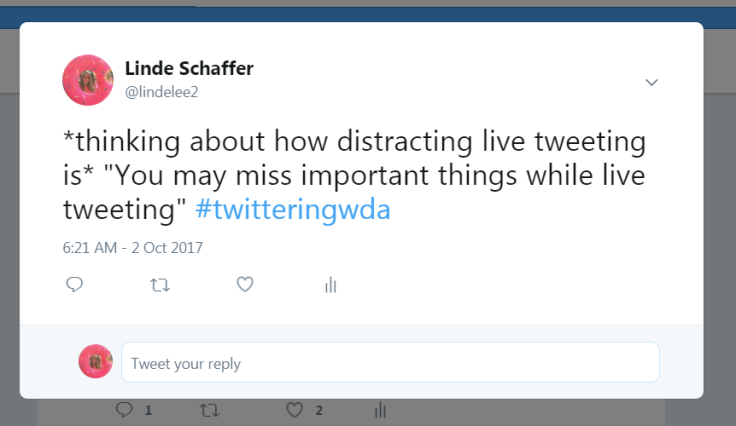Before writing my first blog post, the assignment seemed really daunting. Let’s just say creative writing isn’t exactly my strongest suite (which is probably why I go to Rose-Hulman). But I found myself enjoying writing the blog posts each week, and getting really into some of them.

I think that the two strongest blog posts that I wrote were The Ghost Pt. 2 and Apparently.
The Ghost Pt. 2
I directly quoted an article we read for class and tied in another source that agreed with that article (although I disagreed with both myself). By picking the topic of ghosting, I was hoping to generate opinions from readers and their personal thought on ghosting, and I did get some comments regarding those. I chose this topic because the negativity that surounds ghosting gets bothers me a little bit, and I was hoping to portray that.
I wasn’t the best at adding media to my posts towards the beginning, but tried to incorporate it more in later weeks, especially after Toby was POW and his use of media was highlighted. The YouTube video in this instance related to the topic and was fun, which added to the blog post.
I think this blog did a good job of showing my casual tone and use of short thoughts. I feel like breaking down the content I am writing about helps to keep the reader’s attention.
Apparently
Although we hadn’t discussed at the time of this blog post, it was about the concept of media “going viral”, which was a concept that we discussed in the course. The sources I used in the article disagreed with each other, in hopes to spark a conversation about how media actually goes viral. I think this strategy worked, as the comments included the reader’s opinion of the matter.
I tried to get the reader involved and interested in commenting by asking questions towards the end of this blog. In class, adding questions to our blog was emphasized when first learning about blogging, as the readers feel like they have reason to respond to your blog if questions are present.
In my blogs, I tried to express my opinions and expose parts of my personal life so that my readers would get to know me better, which I felt like I did by letting readers know of my favorite viral videos. I think knowing what type of videos a certain person finds funny can tell you a lot about them.
















